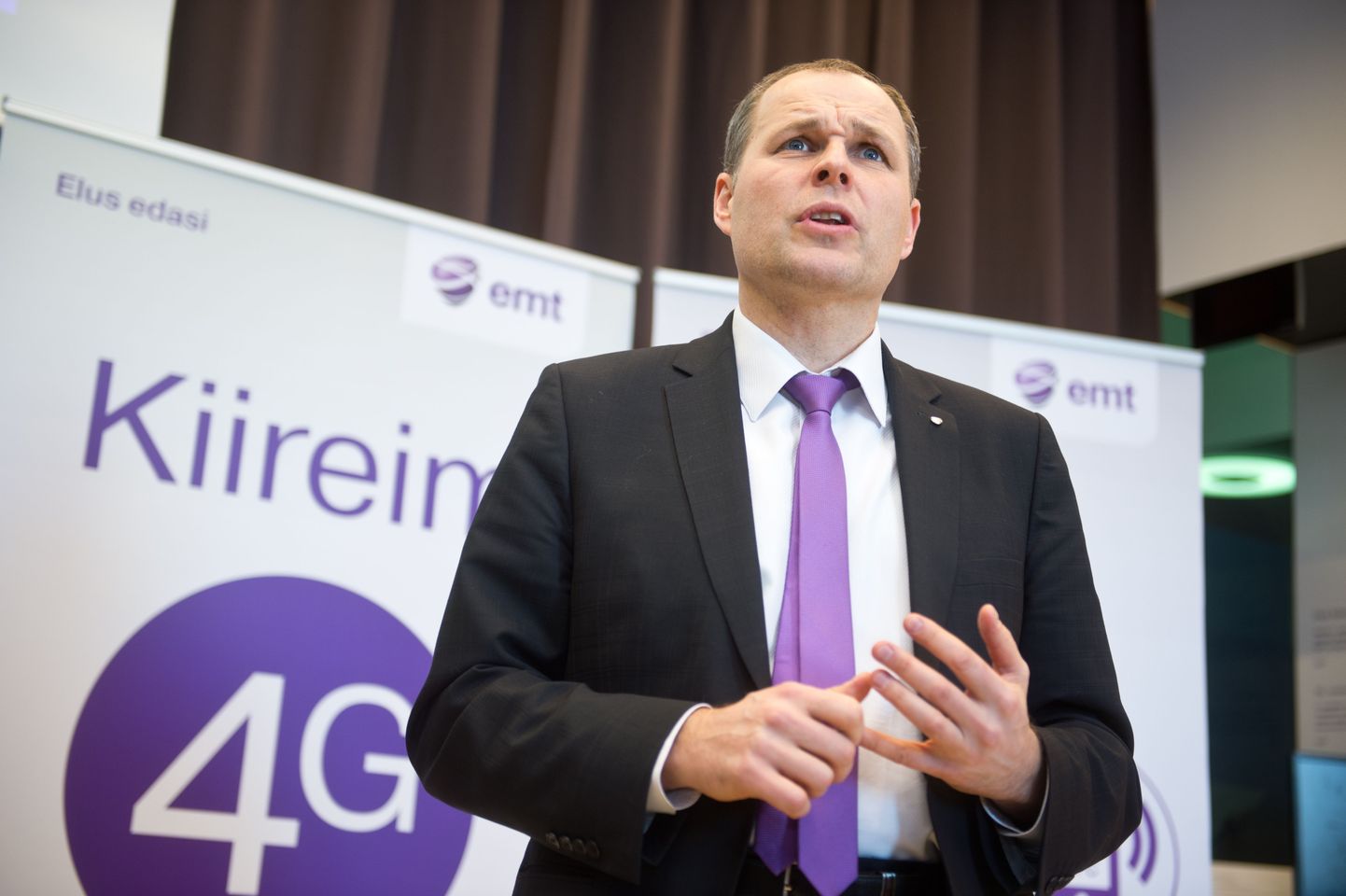
EMT announced the launch of NFC mobile payments project, in cooperation with major banks active in Estonia and the Kaubamaja group. Soon, payments can be made in Estonia’s stores with smart devices using secure near field communication technology.

EMT announced the launch of NFC mobile payments project, in cooperation with major banks active in Estonia and the Kaubamaja group. Soon, payments can be made in Estonia’s stores with smart devices using secure near field communication technology.
According to EMT extra services department head Holger Haljand, a testing period for a limited body of users will commence in near future. For the wider public, the new payments method will, in all probability, be available from mid-2014 already – provided that tests reveal no major problems.
By use of passive NFC tags, it is hoped to create various new solutions for both private and corporate clients.
A NFC tag is a memory chip with a unique number, in the form of a fine sticker, which can be set for certain transactions. Having set the tag to activate a transaction, all it takes thereafter is touching the tag with a smartphone.
NFC is a technology allowing simple and secure exchange of small amounts of data between devices and between devices and passive NFC tags.
The devices involved in data exchange must be equipped with specific NFC chips. For connection, the distance cannot exceed 10 centimetres. As a rule, NFC happens upon contact of two devices or a device with tag, whereby credit card, transport ticket, sales coupon etc or, for instance, a press release, are exchanged.
At yesterday’s press conference, the EMT chief executive Valdo Kalm also talked about their mobile data communication plans, mentioning that the company intends, by the end of 2013, to cover 95 per cent of Estonia’s population with 4G network.
In his presentation, Mr Kalm criticised the European Union, complaining that due to new tough regulations on roaming and other services, EMT this year loses about €20m of its turnover. This, according to Mr Kalm, roughly equals the sum allotted for EMT’s this year’s investments.
While with 3G technology, Europe was in leadership position – in Mr Kalm’s estimation – then with 4G USA and Asia have been allowed to take the lead. As, in contrast with EU, the US and Asian institutions do not interfere too much with data communication markets, avoiding «overregulation».